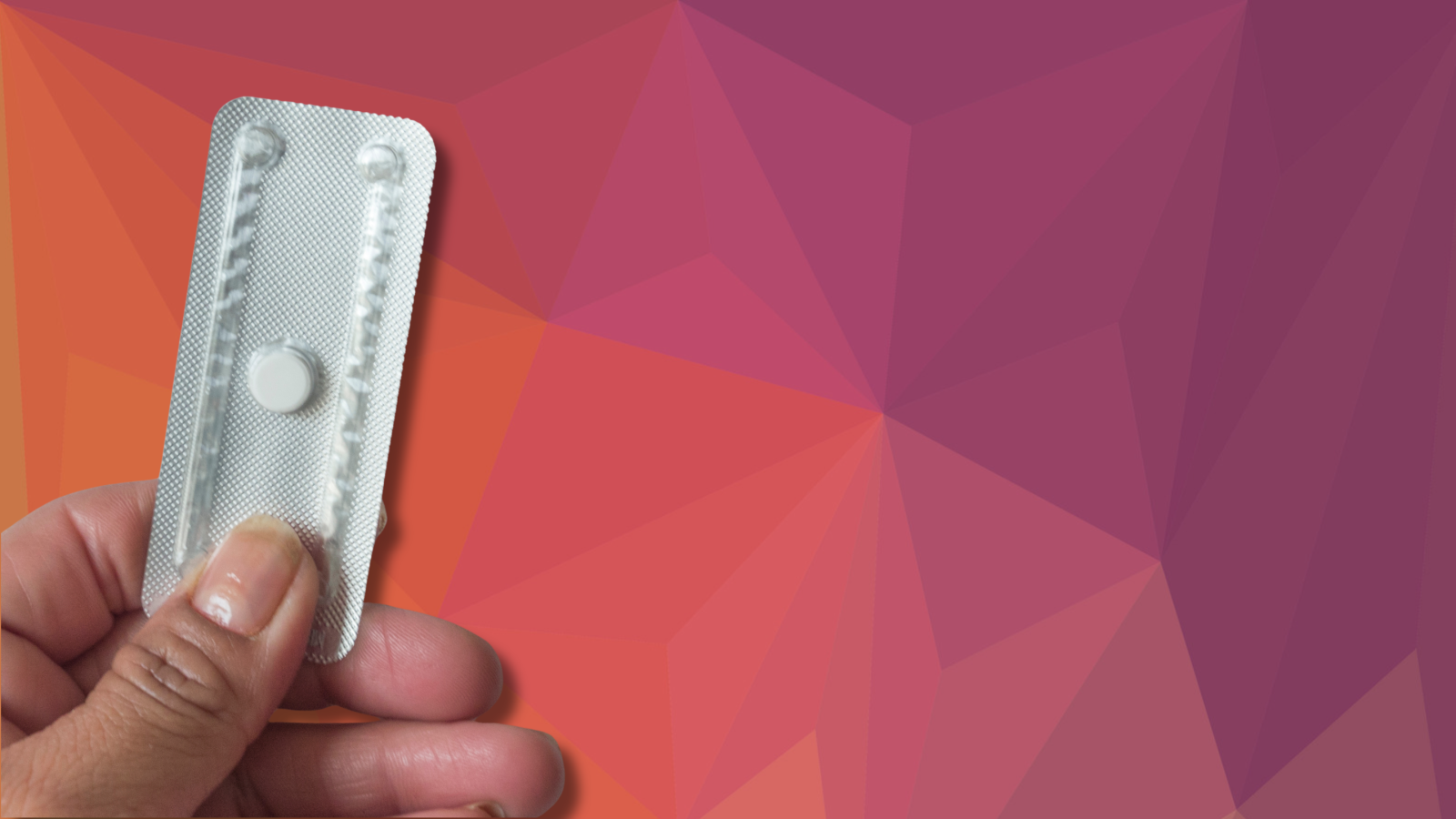Researchers in 10 countries have begun a major new project studying the link between socioeconomic status and healthy ageing. The Lifepath project, involving 15 institutions in Europe, the US and Australia, has been supported by a six million euro grant from the EU’s Horizon 2020 programme.
A large number of previous studies have shown that health outcomes in later life are strongly influenced by wealth and social status. Traditional risk factors such as diet and smoking only account for a proportion of this link. The rest might be explained e.g. by psychosocial factors such as stress, but the mechanisms involved are not well understood.
The research consortium aims to learn more about the biological pathways behind this link, with the ultimate goal of reducing the impact of poverty on health. Part of the project will investigate possible effects of the economic downturn on biological changes related to ageing in population cohorts in Ireland and Portugal.
Professor Paolo Vineis from the School of Public Health at Imperial College London, who leads the consortium, said: “We know that it’s possible to remain healthy into old age, and this is much more likely among people with high socioeconomic status. We want to better understand why, so we can make healthy ageing a reality for everyone, not just the wealthiest parts of society.”
The four-year research programme will investigate links between socioeconomic factors, such as education, income and achievements, and age-related health outcomes, such as cancer, heart disease, cognitive impairments and frailty. It will also use molecular techniques to analyse blood samples from existing population studies to uncover biological changes associated with poverty.
The project will include an evaluation of the health impact of experimental programmes that gave cash to families with low incomes in the United States to encourage positive behaviours such as taking children to the doctor or keeping them in school. For example, Opportunity NYC, which ran from 2007 to 2010, randomly assigned some families to receive cash rewards and others not, so the outcomes for the two groups can be compared.
Previous studies have suggested that the negative impacts of poverty may be mediated in part by higher levels of inflammation in the body. Steve Horvath at UCLA proposed that a type of DNA modification called methylation can act as a biological clock revealing a person’s age. Preliminary findings from the Lifepath consortium show that people with lower socioeconomic status have an older biological age as indicated by their levels of DNA methylation.
The consortium, which includes scientists, economists and policy experts, hope to amass evidence to inform efforts to reduce health inequality. “There are competing views of how to address these problems,” said Professor Vineis. “For example, some people advocate investment in health education, while others think money should be given directly to people on low incomes. These are open questions, and we hope this project will help to identify the best approaches.”
Source: http://www3.imperial.ac.uk/newsandeventspggrp/imperialcollege/newssummar...


